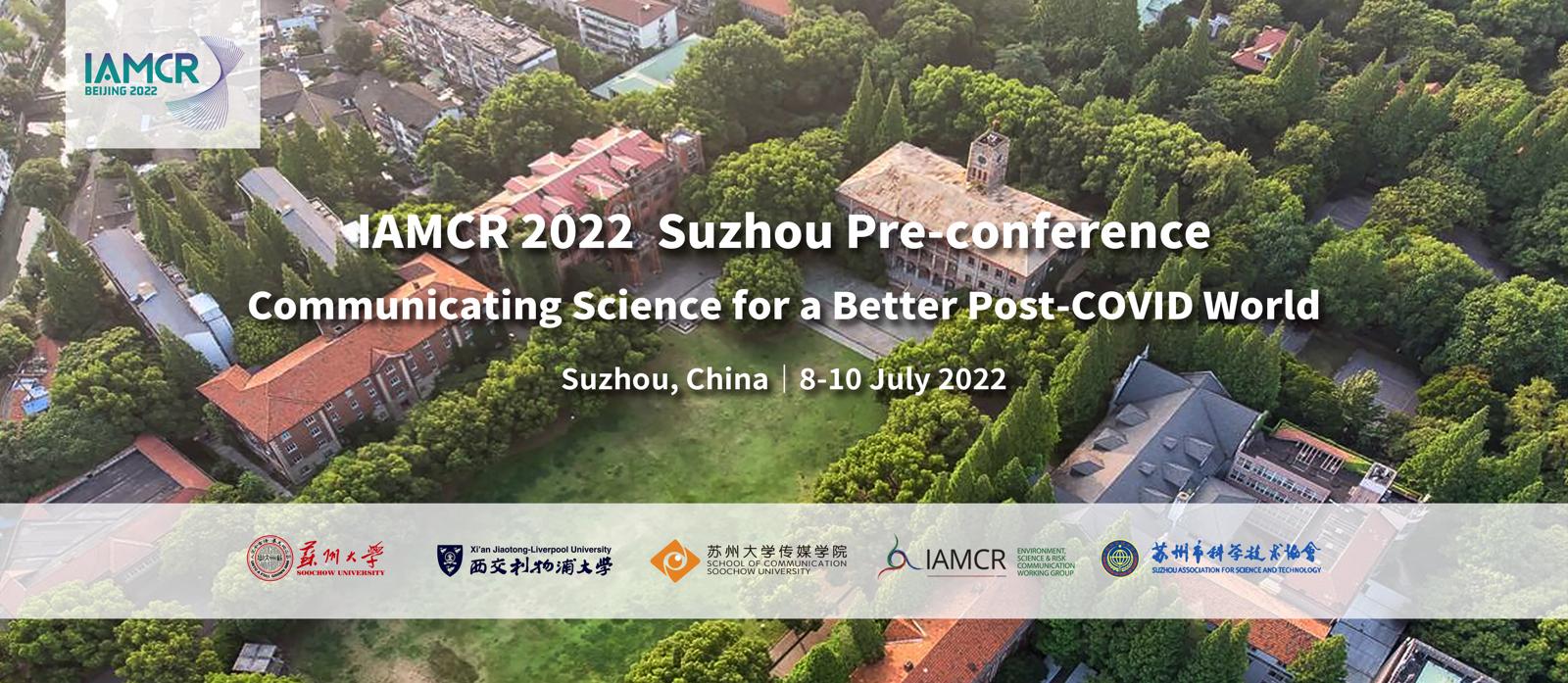In Chinese social media space, the topic of science and technology has easily evolved into a debate, and the focus of the debate will eventually turn to politicization and nationalism. Among them, extreme network nationalism and scientific debate are the most prominent.
According to the observation of mainland experience, we found that there is an obvious clustering phenomenon in the scientific debate. Specific performance: First, the nationalism tendency highly clustering. Second, there is a mutual triggering relationship. Third, platform high clustering; fourth, opinion leaders gathering phenomenon is obvious. Through a review of the existing literature, there are few relevant studies in China at present. Most of them study the formation law of scientific debate from the appearance, ignoring the connection and interaction of various elements in scientific debate and the deep-seated social structure characteristics behind scientific debate. Therefore, this research uses the social network analysis method to analyze the network structure of nationalism emotion in scientific debate from multiple dimensions, explore the relationship network of scientific debate events in four dimensions, and find out the correlation between them. This paper selects 50 scientific debates in China's cyberspace from 2000 to 2021 through multiple channels and constructs a“event-event”one-mode network matrix. According to the different manifestations of the debates, this paper constructs four networks, the issue trigger network, the nationalist sentiment network, the common origin platform network, and the opinion leader network, for correlation analysis. The research found that scientific debate topics have obvious cohesive subgroups; topics are highly correlated with each other and form a high-density network; debate topics have a high consistency of focus.

 京公网安备 11010802039275号
京公网安备 11010802039275号